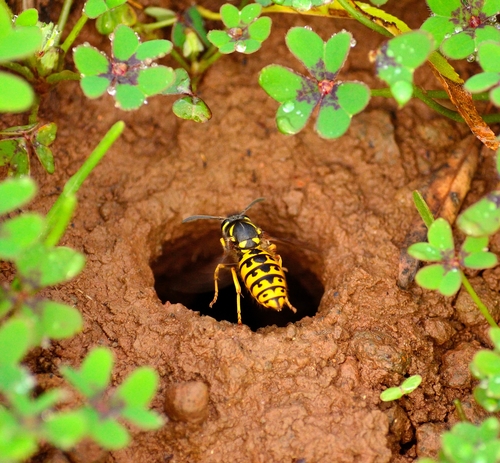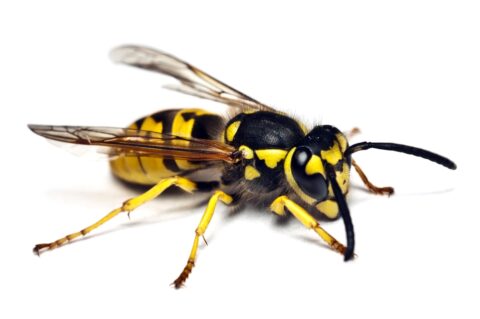Most wasp species are solitary and live alone, with each adult female building her nest and laying eggs alone. The females have an egg-laying tube called an ovipositor to deposit eggs near food sources for the larvae. In some wasps, this tube is modified into a stinger used for defense or catching prey.
Wasps, bees, and ants all belong to the insect order Hymenoptera. Over 100,000 Hymenoptera species have been identified worldwide so far. All ant species live in colonies together, but most bee and wasp species are solitary creatures. In fact, over 90% of documented bee species are solitary. The majority of wasps are also solitary parasites that feed on other insects and spiders. Originally, beetles were thought to be the most diverse insect group, but now experts believe there may be even more wasp species since hundreds of thousands of parasitic wasps haven’t been documented yet. Scientists think that each insect species is preyed upon by one or more parasitic wasp species, meaning up to 1 million parasitic wasp species could exist globally.
Parasitic wasps don’t harm humans and may even help by hunting pest insects around homes. Solitary wasps like mud daubers and cicada killers are common in urban areas but aren’t aggressive and won’t sting unless threatened or mishandled. Social wasps that live in colonies in aerial or underground nests are very aggressive and will readily attack if their nest is disturbed. Social wasps include paper wasps, yellowjackets, and hornets. Only one true hornet species lives in our area – the European hornet. They rarely bother humans since they prefer living in dense forests.
For those who may encounter wasp nests in residential areas, rest assured that professional help is readily available. The European hornet, for instance, builds aerial nests that may occasionally appear in residential areas. The bald-faced hornet, a type of yellowjacket, also constructs aerial nests in trees, on building walls, and sometimes in attics or wall spaces.
The aerial yellowjacket is another species that nests aboveground in residential areas, commonly on door frames, patios, trees, shrubs, and in walls. In Western New York, common underground-nesting yellowjackets include the German, eastern, common, and ground hornet species. These social wasps can be aggressive if their nest is disturbed, and since underground nests are harder to spot, people often accidentally disturb them during yardwork. In such cases, it’s best to rely on professional removal services.


